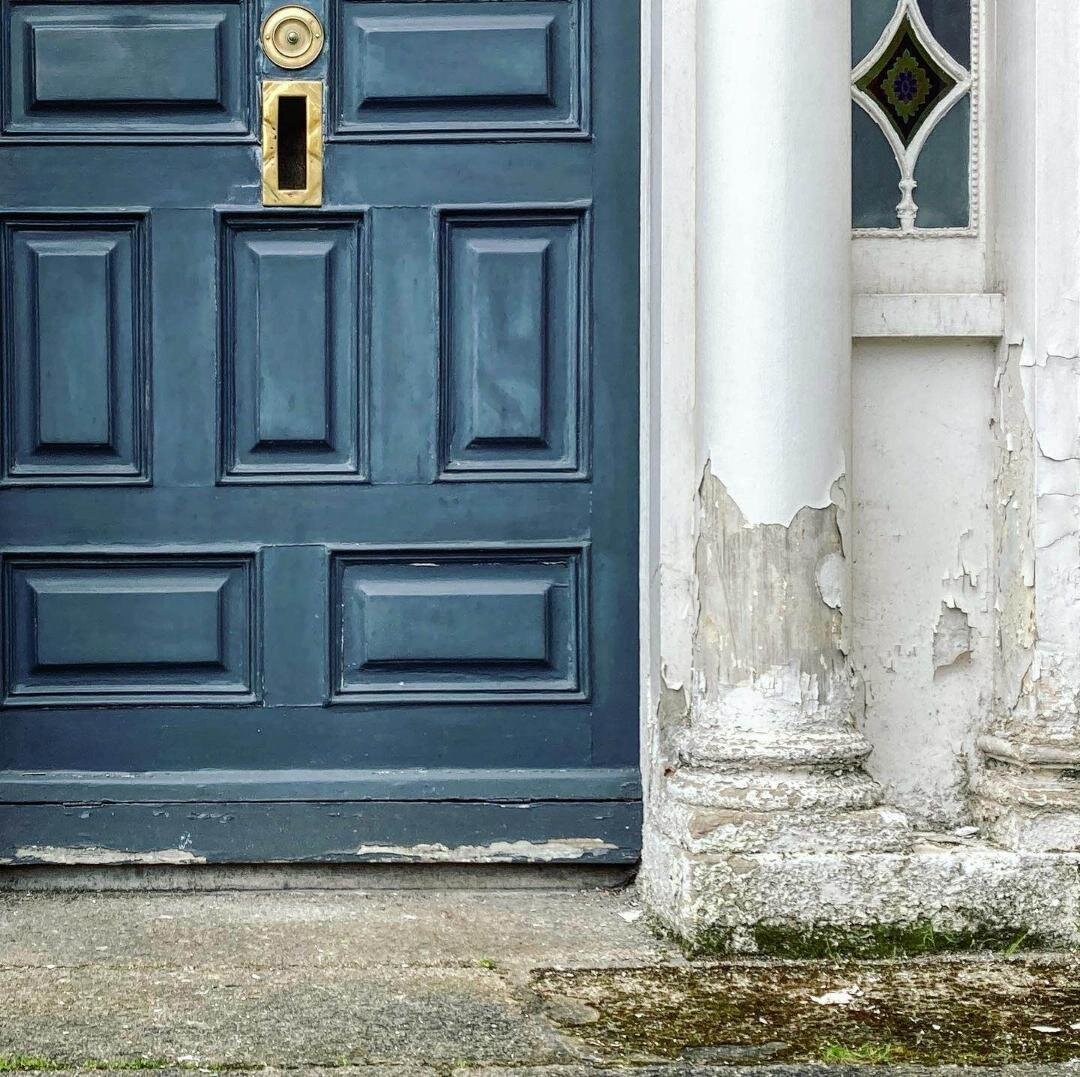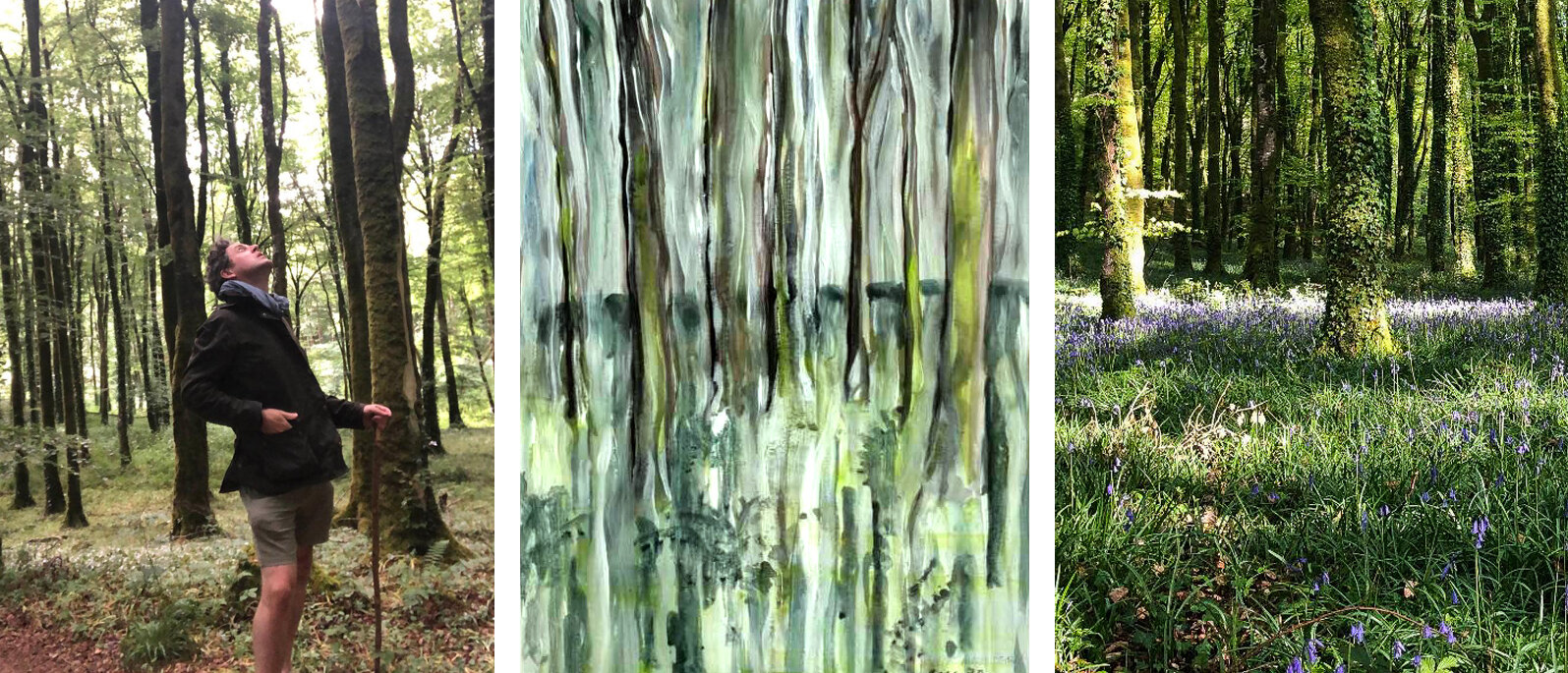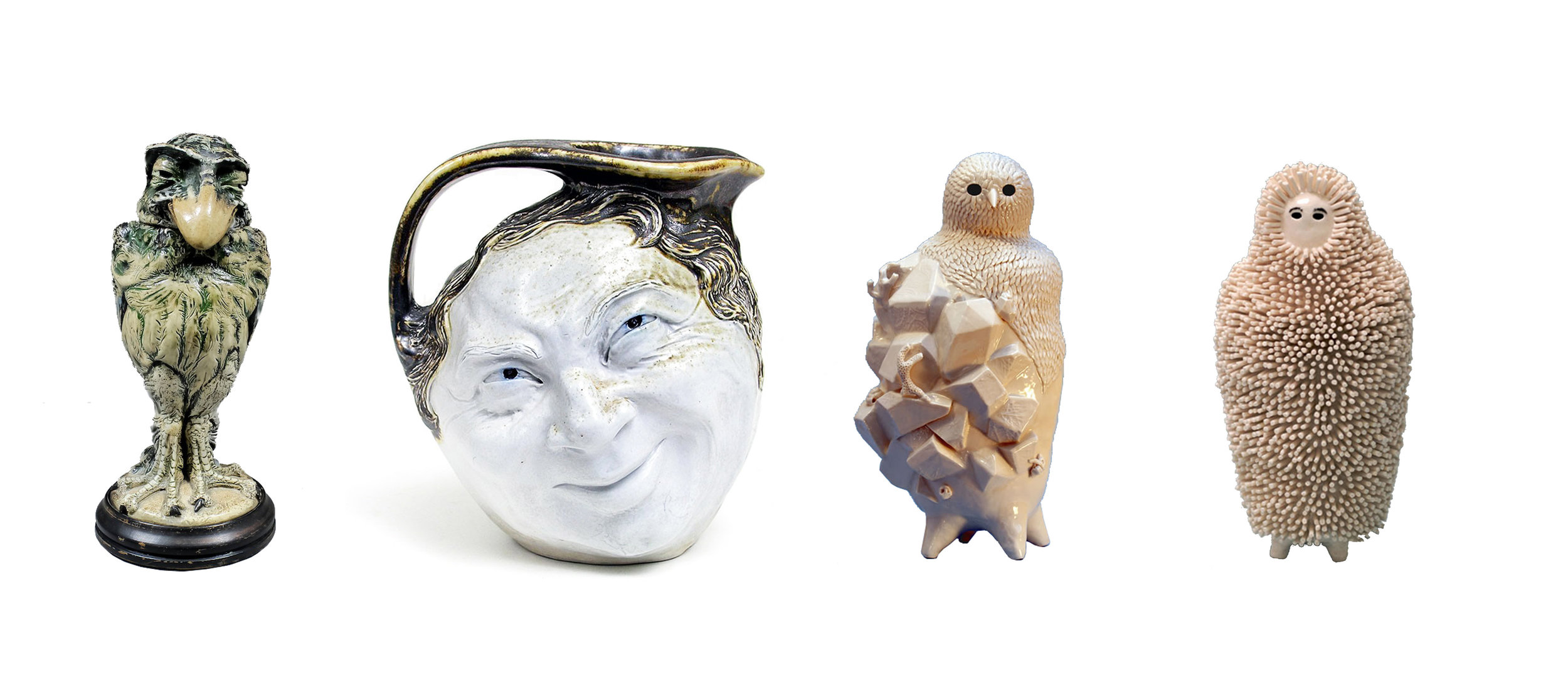Looking beyond the sudded dishes in the sink whilst scouring burnt husks of fat from the oven tray that has held the beef Wellington only a day before, I noticed the plant. I could only see the top of it, spikes of white wintery flowers, each like an education model of the corona virus, only paler. I hadn’t bought this plant, but rather had found its roots in the base of a large terracotta pot near the compost pile in the midst of the pandemic. My actions towards it, whatever they were, had triggered growth and it unfurled into a large waxy green Fatsia japonica over time. And now it was outside the kitchen window, covered in a halo of flowers. In the cold December light, its only pollinators are wasps and houseflies. I have not considered houseflies (Musca domestica) or wasps (Vespula vulgaris) as pollinators. Come to think of it, I didn’t realise that Fatsia japonica produces flowers or attracted pollinators of any sort.
Hands reddened from the hot water and soap, I wondered is this kitchen sink ecology to become my bailiwick as an ecocitizen or should I (for now) remember that this ecology is on the other side of the window glass reassuringly removed from me? I removed the stainless-steel sink strainer and as the hot water, suds and burnt fat are gulped down, down by the invisible kitchen plumbing, I wonder where do they end up? I had placed the potted Fatsia japonica over the kitchen drain so as not to think about such things as drains and city life are beyond these brick walls. I reassured myself that this part of Dublin for almost two centuries must have had its own Bazalgette engineering such things away. Could the hot wastewater scald the terracotta pot or cause the steam to rise and encloud the wasp and housefly? Or has the hot wastewater triggered the Fatsia japonica to flower in December, prolonging the short lives of its dependent pollinators? Should the wasp and housefly not be long dead? Perhaps I am already an ecocitizen of this windowsill dishwater ecology.
















